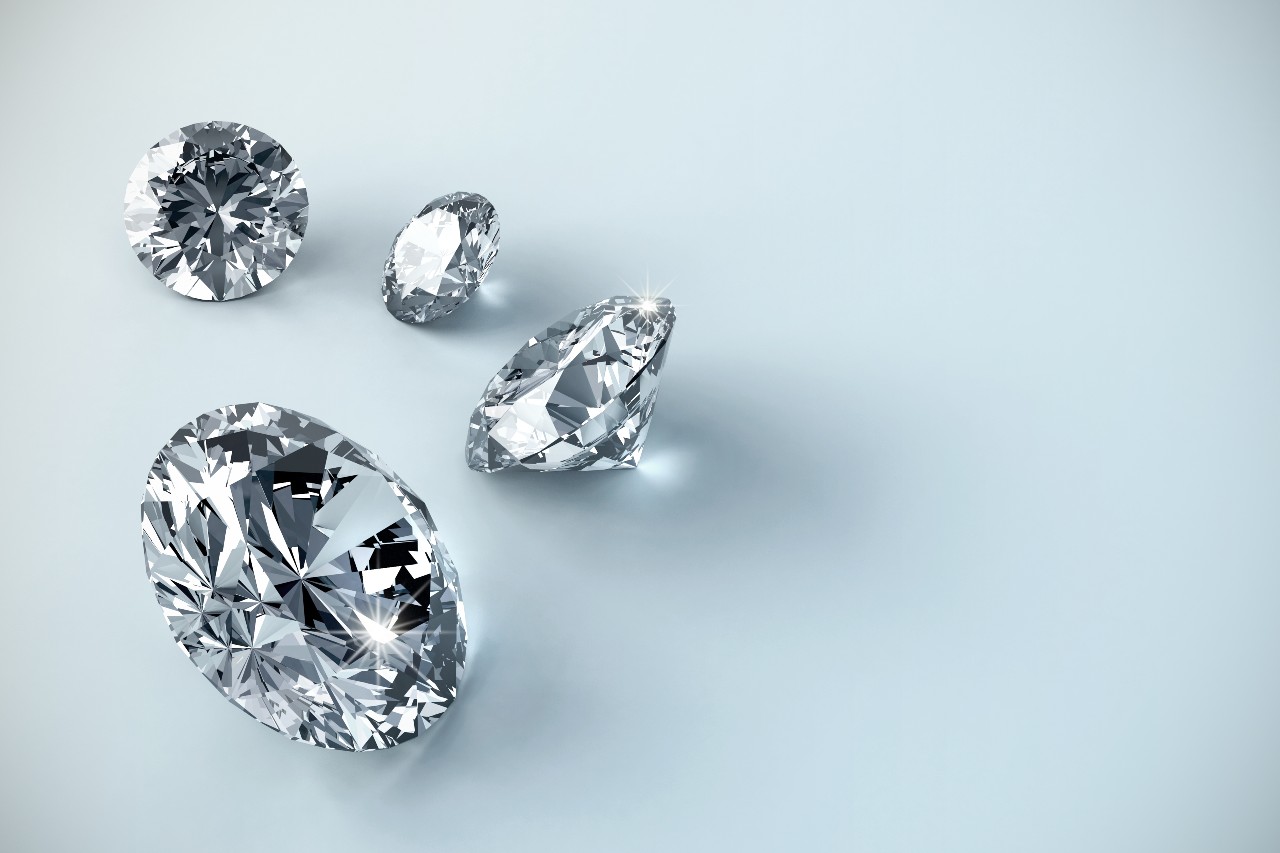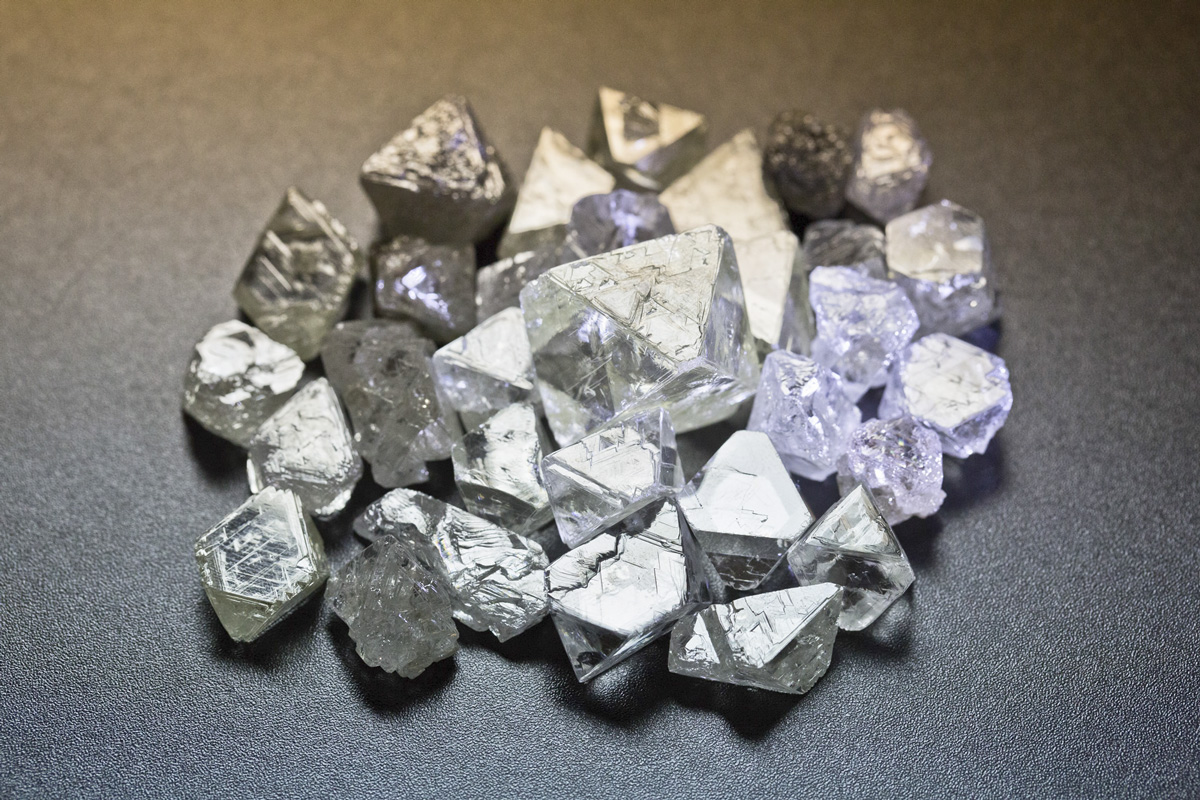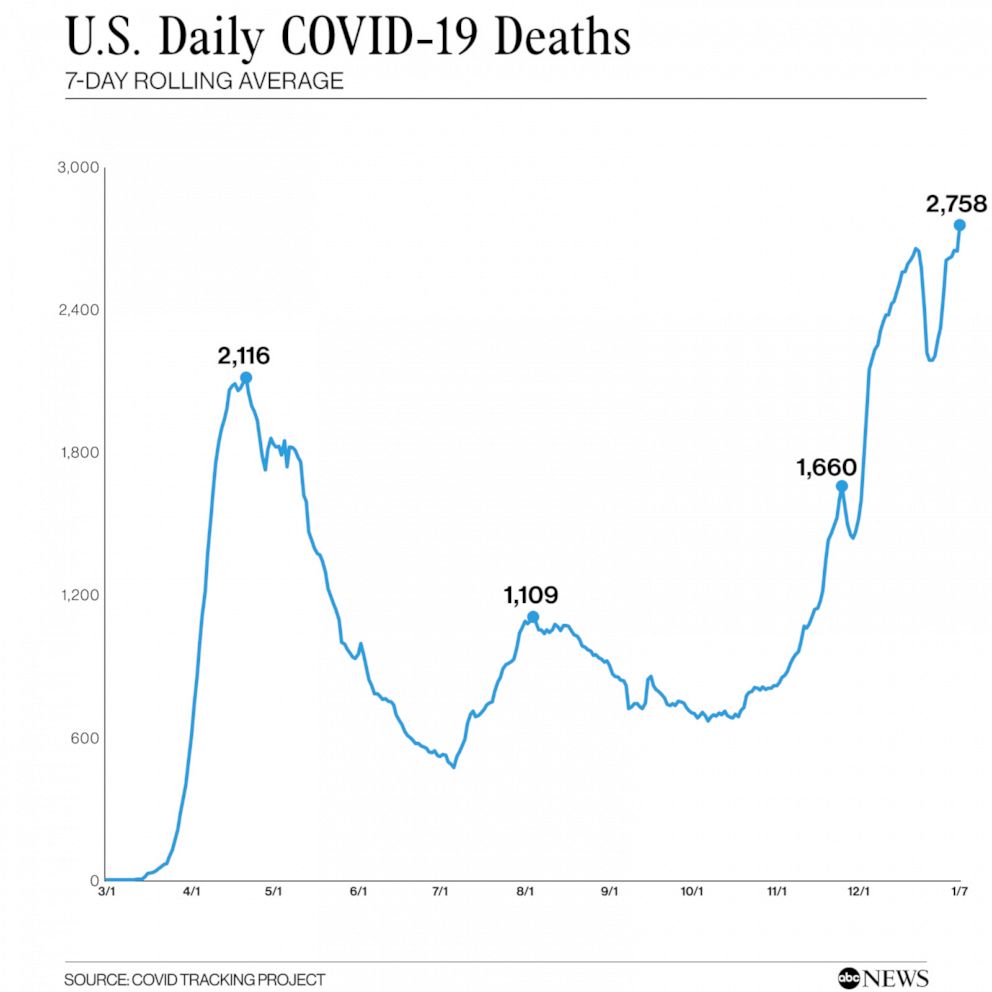IGI vs. GIA: Comparing Diamond Grading Standards

When it comes to purchasing a diamond, the grading and certification can make all the difference. You might have stumbled upon two big names in the diamond industry: igi vs gia. But what do these acronyms even mean, and how do they compare? Let’s dive deep into the world of diamond grading and find out what sets these two organizations apart.
Table of Contents
What Are IGI and GIA?
A Brief History of IGI
The International Gemological Institute (IGI) was founded in 1975 in Antwerp, Belgium. Since then, it has expanded its reach globally, offering grading services to diamonds, gemstones, and jewelry. IGI has positioned itself as an accessible option for consumers, often providing certifications at a lower price point than its competitors.
A Brief History of GIA
The Gemological Institute of America (GIA) was established in 1931 and has earned a reputation for its rigorous grading standards and extensive research in the field of gemology. GIA is widely considered the gold standard in diamond grading and education, setting benchmarks that many other organizations strive to meet.
The Grading Process: How It Works
The Four Cs of Diamonds
Before we compare IGI and GIA, it’s crucial to understand the foundational grading criteria used for diamonds, known as the Four Cs: Cut, Color, Clarity, and Carat Weight. Let’s break each one down.
Cut
Cut refers to how well a diamond has been shaped and faceted. It impacts not just the diamond’s appearance but also its sparkle. A well-cut diamond can make even a lower-quality stone appear brilliant.
Color
Diamonds come in a range of colors, from completely colorless to shades of yellow or brown. The GIA color grading scale ranges from D (colorless) to Z (light yellow), while IGI uses a similar scale but may have slight variations in how they assess color.
Clarity
Clarity refers to the presence of internal or external flaws, known as inclusions and blemishes. GIA uses a detailed scale from Flawless (no inclusions visible under 10x magnification) to Included (inclusions visible to the naked eye).
Carat Weight
Carat weight measures the size of the diamond. While larger diamonds are rarer and often more valuable, the other Cs significantly influence their worth.
IGI’s Grading Process
IGI follows a detailed grading process that evaluates each of the Four Cs, along with additional factors like the diamond’s proportions and finish. While IGI is known for being thorough, some critics argue that its grading might be more lenient compared to GIA.
GIA’s Grading Process
GIA has a meticulous grading protocol that has been refined over decades. Their expert gemologists undergo extensive training, ensuring that each diamond is assessed with a high degree of accuracy. GIA is often viewed as the more stringent of the two, which can significantly affect a diamond’s perceived value.
Reputation and Trustworthiness
Consumer Confidence in IGI
IGI has worked hard to build a reputation, especially among budget-conscious consumers. While many appreciate its affordability and accessibility, some jewelers and buyers may view IGI as less prestigious than GIA.
Consumer Confidence in GIA
GIA’s reputation is nearly untouchable in the diamond industry. Many consumers feel more secure purchasing GIA-certified diamonds, believing they’re getting the best possible assessment of their stone’s quality.
Comparison of Grading Reports
What to Look for in Reports
When comparing IGI and GIA grading reports, you’ll want to consider several factors:
Visuals and Presentation
GIA reports are known for their clear, easy-to-read format, often including detailed photographs and diagrams. IGI reports are also comprehensive but may vary in presentation.
Detailed Information
Both IGI and GIA reports provide extensive information about a diamond, but GIA reports generally include more depth regarding the diamond’s attributes, which can be a deciding factor for many buyers.
Price Differences: IGI vs GIA
Cost of Graded Diamonds
Generally, diamonds graded by IGI may come with a lower price tag compared to those graded by GIA. This difference can be appealing, especially for buyers looking for budget-friendly options.
Resale Value Considerations
When considering resale value, lab created diamonds certified by GIA often hold their value better than those graded by IGI. If you’re thinking long-term, this is something to keep in mind.
Choosing Between IGI and GIA
Personal Preferences
Ultimately, the choice between IGI and GIA comes down to personal preferences and priorities. Are you looking for the best possible grading for resale? GIA might be your best bet. Want something more affordable for a special occasion? IGI could be the way to go.
What Matters Most to You?
Think about what factors are most important to you. Is it the price, the grading standards, or perhaps the trustworthiness of the certification? Understanding your priorities will guide you in making an informed decision.
Conclusion: Making an Informed Choice
In the world of diamonds, IGI and GIA each offer unique advantages and considerations. Whether you lean towards IGI for its affordability or GIA for its esteemed reputation, understanding their grading processes and the implications for your purchase is essential. At the end of the day, knowing what you value most in a diamond will help you choose the right certification for your needs. So, take your time, do your research, and find the diamond that speaks to you!

 Business Succession Planning: Ensuring the Long-Term Success of Your Organization
Business Succession Planning: Ensuring the Long-Term Success of Your Organization  The Unique Characteristics of Platinum Gold: What Sets It Apart
The Unique Characteristics of Platinum Gold: What Sets It Apart  How to Clean a Diamond Ring: A Guide for Lab-Grown Diamonds
How to Clean a Diamond Ring: A Guide for Lab-Grown Diamonds  Lidl Stiftung & Co. KG News: Latest Updates and Insights
Lidl Stiftung & Co. KG News: Latest Updates and Insights  Different Diamond Cuts: A Comprehensive Guide
Different Diamond Cuts: A Comprehensive Guide  عقارات في تركيا
عقارات في تركيا  The Impact of Smart Building Technology on Modern Architecture
The Impact of Smart Building Technology on Modern Architecture  News USA and Deaths – Reporting on Loss in the United States
News USA and Deaths – Reporting on Loss in the United States  Hair Transplant in London: What You Need to Know Before Going Under the Knife
Hair Transplant in London: What You Need to Know Before Going Under the Knife